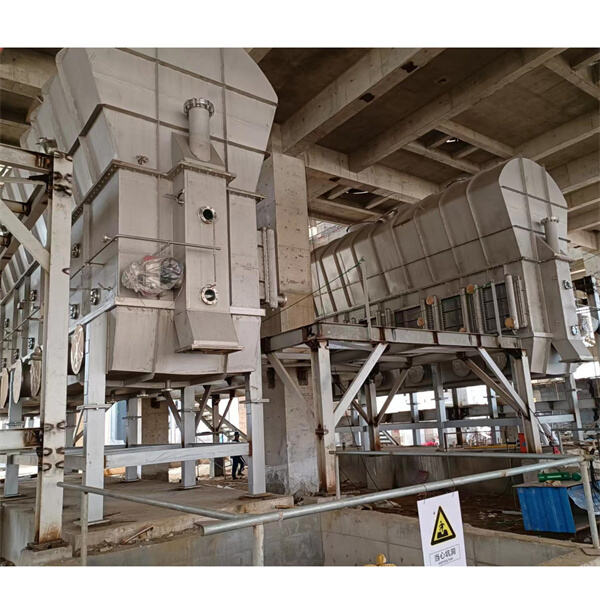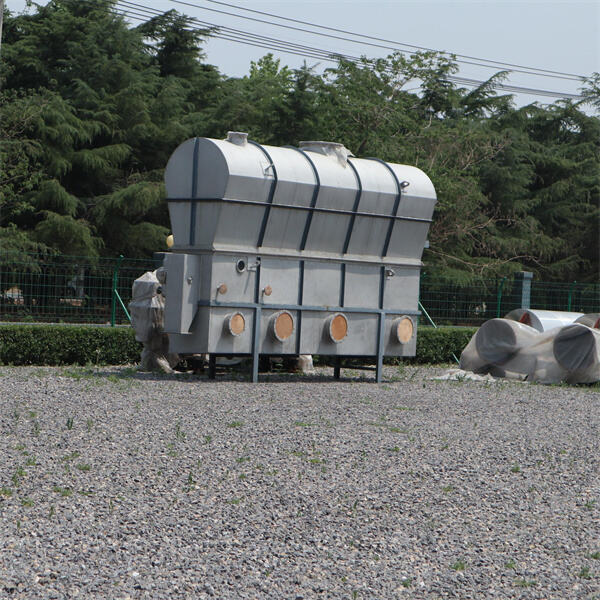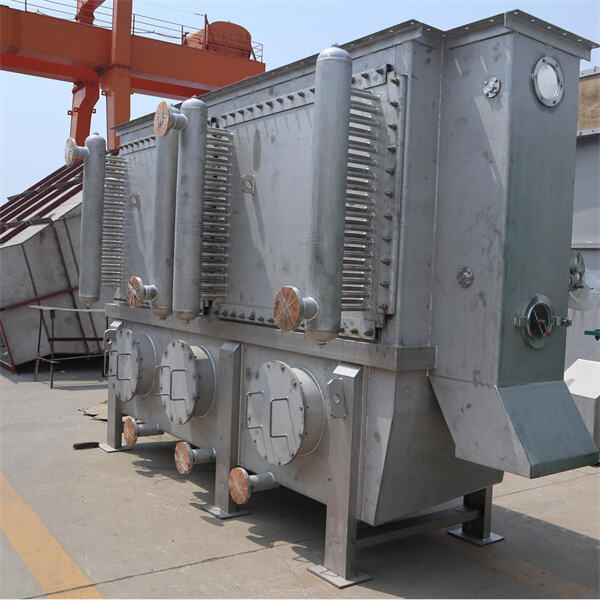Magnesium chloride is a specific kind of chemical made up of two different elements: magnesium and chlorine. And how these two elements bond to create a very useful and prevalent compound. Magnesium Chloride has several significant uses. Another process connected to magnesium chloride is dehydration. Dehydration is the removal of water from something. For example, with magnesium chloride, we dehydrate it, which means we remove the water, resulting in a more potent and concentrated version of the chemical.
In many factories, magnesium chloride are being used — thanks to its versatility. One of its primary applications is in the production of magnesium metal. Metal grade magnesium is commercially very important because it is used in the manufacture of a number of everyday products. Dehydration of magnesium chloride (removal of water) produces pure magnesium. This sodden state is essential for the production of items ranging from car parts to airplane components. So they need to be strong and lightweight, and magnesium metal fits the bill.
One more very important use for magnesium chloride is concrete production. Concrete is used for building roads, bridges, buildings, etc. By adding magnesium chloride to the concrete mixture, we can then use less water than we typically would. This is a huge benefit as it speeds up the setting process of the concrete. Fast-drying concrete means construction projects can progress faster. This time saving, in turn, can help lower the costs for builders and contractors and make the entire process more efficient.
But there are some disadvantages of magnesium chloride dehydration as well. One of the biggest downsides, however, is that the process can be energy-intensive. This makes it costly to produce, especially for smaller businesses that might lack the support or capital to spend on the technology and equipment needed. That leaves many of those businesses that would like to make the process, but find it difficult to pay for the convenience.

In fact, factories employ several means to adequately dehydrate magnesium chloride. One of the common methods is known as spray drying. In this approach, magnesium chloride solution is sprayed onto a hot surface. This amount of heat on the surface causes the water to evaporate quickly. The water evaporates, leaving the concentrated magnesium chloride. Thus, this is a widely used method as faster and effective.

A second method for dehydrating magnesium chloride is freeze drying. This is a somewhat different route. Freeze drying works by first freezing the magnesium chloride solution into a solid, and then drying it with vacuum. The vacuum evaporation process is designed to be gentle enough to dry out the compound without destroying it. Because the total time of freeze drying is longer, freeze dried products can be of higher quality/ food type with similar shelf life when compared to other drying methods.

Another major use of magnesium chloride is in concrete aggravation, in addition to magnesium metal production. It is also worth noting that magnesium chloride can be added to concrete mixtures to reduce the amount of water needed, which increases the speed with which concrete can cure and produces a stronger concret. This contributes to its significance as a raw material for builders and construction workers.